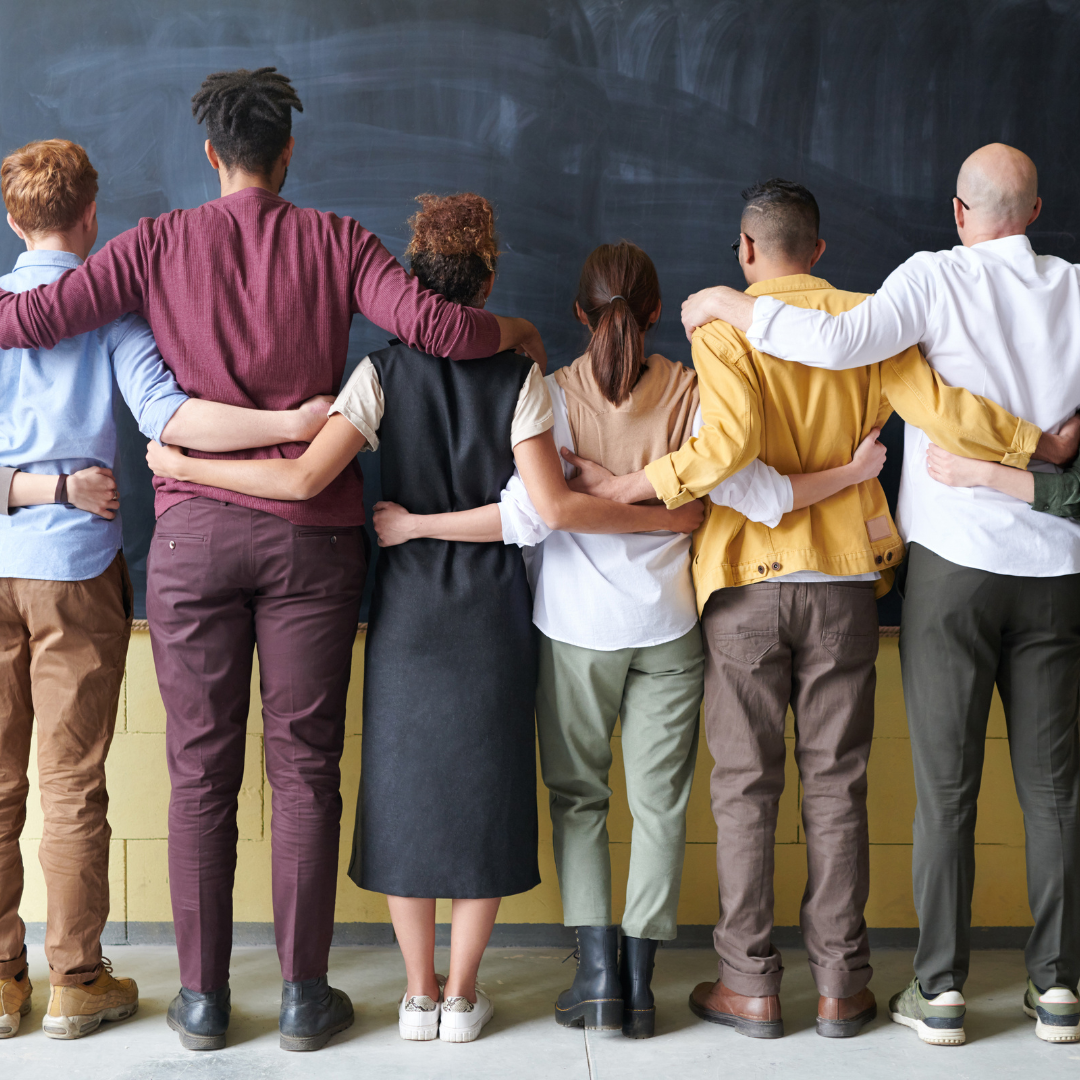Disability inclusion in education is more than a legal mandate—it’s a moral and societal imperative. When educational environments prioritize inclusion, they don’t just support students with disabilities—they build stronger communities rooted in empathy, respect, and equity.
Why Inclusion Matters
Creating an inclusive classroom means ensuring that every student feels seen, heard, and supported. Disability inclusion in education is essential because it recognizes that every learner brings unique strengths to the table. Students with disabilities benefit from access to mainstream classrooms where they can build academic skills alongside social-emotional growth.
But inclusion benefits everyone—not just those with disabilities. When schools adopt inclusive practices, all students gain exposure to diverse perspectives and learn to collaborate more effectively.
How to Make Inclusion Real
Disability inclusion is not just about physical accessibility—it’s about mindset and culture. Here are practical strategies educators and schools can adopt:
- Use Universal Design for Learning (UDL) principles to plan lessons.
- Incorporate assistive technology that enhances participation.
- Provide individualized support without segregation.
- Foster peer mentorship programs that promote collaboration.
Training for teachers is also critical. Educators must understand the varied needs of learners and feel confident in adapting their instruction to meet them.
Looking Forward
When we prioritize disability inclusion in education, we equip all students with the tools they need to thrive—not just in the classroom, but in life. Inclusion isn’t an initiative with a finish line—it’s an evolving commitment to justice, representation, and opportunity.
Want to see how advocacy shapes this vision?
Read more about Stepaniuk’s legacy in championing equitable reform.



